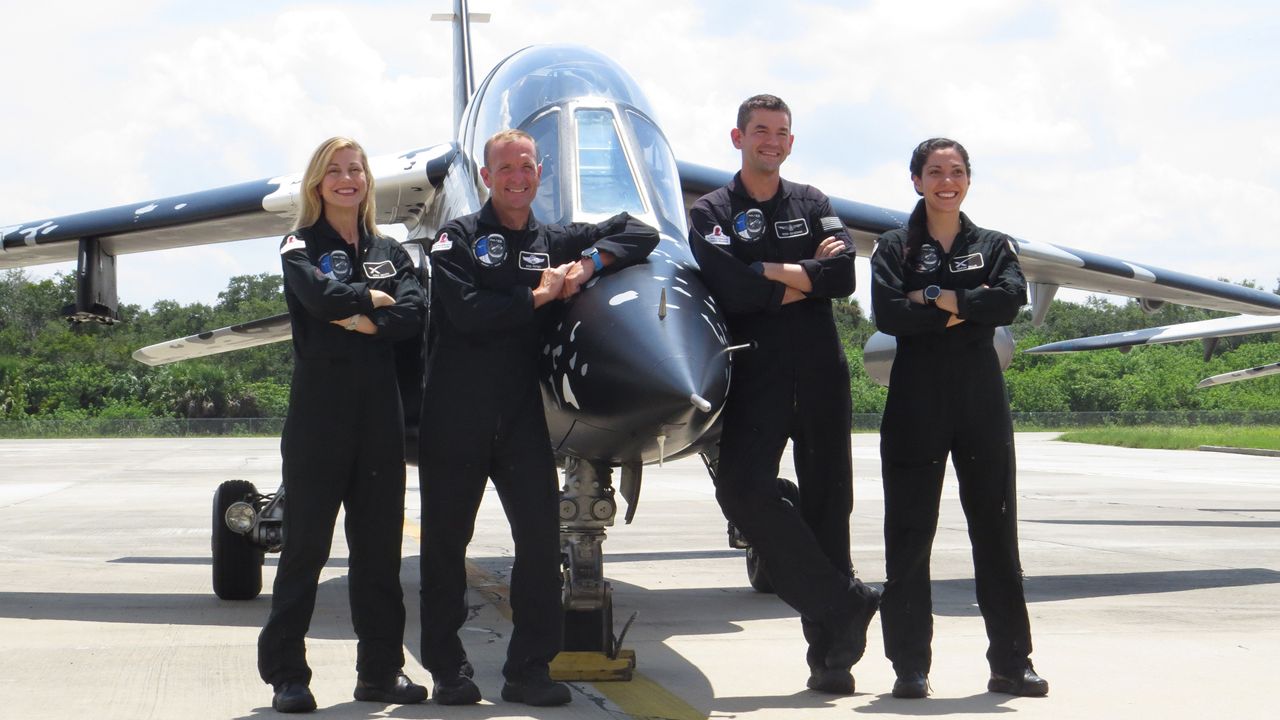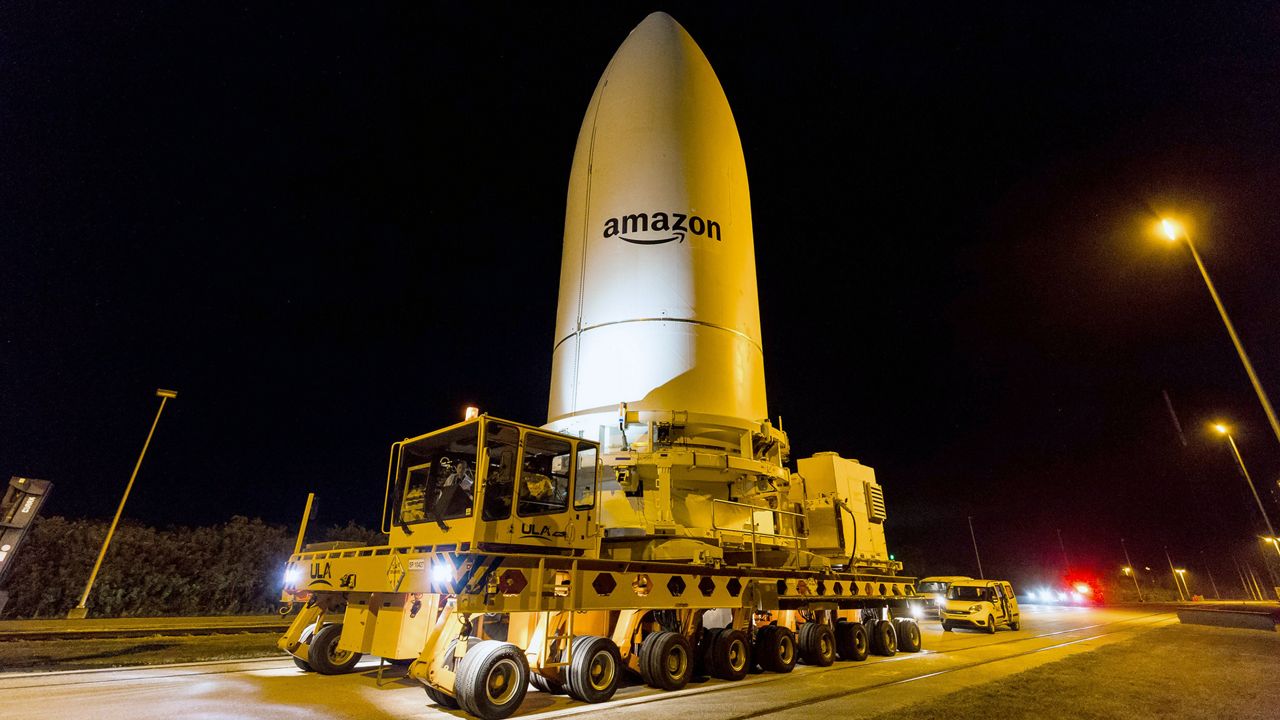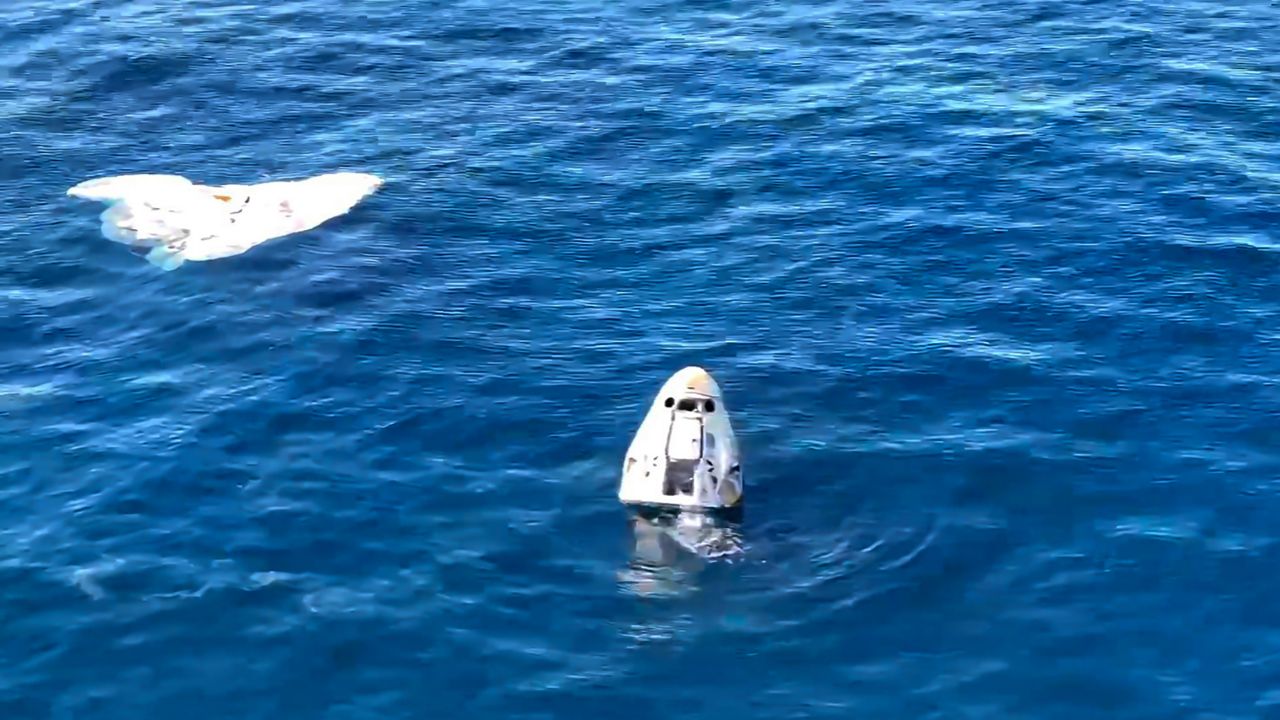BOCA CHICA, Texas — SpaceX’s giant new rocket blasted off on its first test flight Thursday but failed minutes after rising from the launch pad.
The company tweeted that Starship experienced a rapid unscheduled disassembly before stage separation at about four minutes into the flight.
Elon Musk’s company was aiming to send the nearly 400-foot Starship rocket on a round-the-world trip from the southern tip of Texas, near the Mexican border. It carried no people or satellites; both the booster and spacecraft on top were to be ditched into the sea.
Throngs of spectators watched from South Padre Island, several miles away from the Boca Chica Beach launch site, which was off limits. Space’s first try to launch the rocket was called off Monday because of a stuck valve in the rocket during fueling.
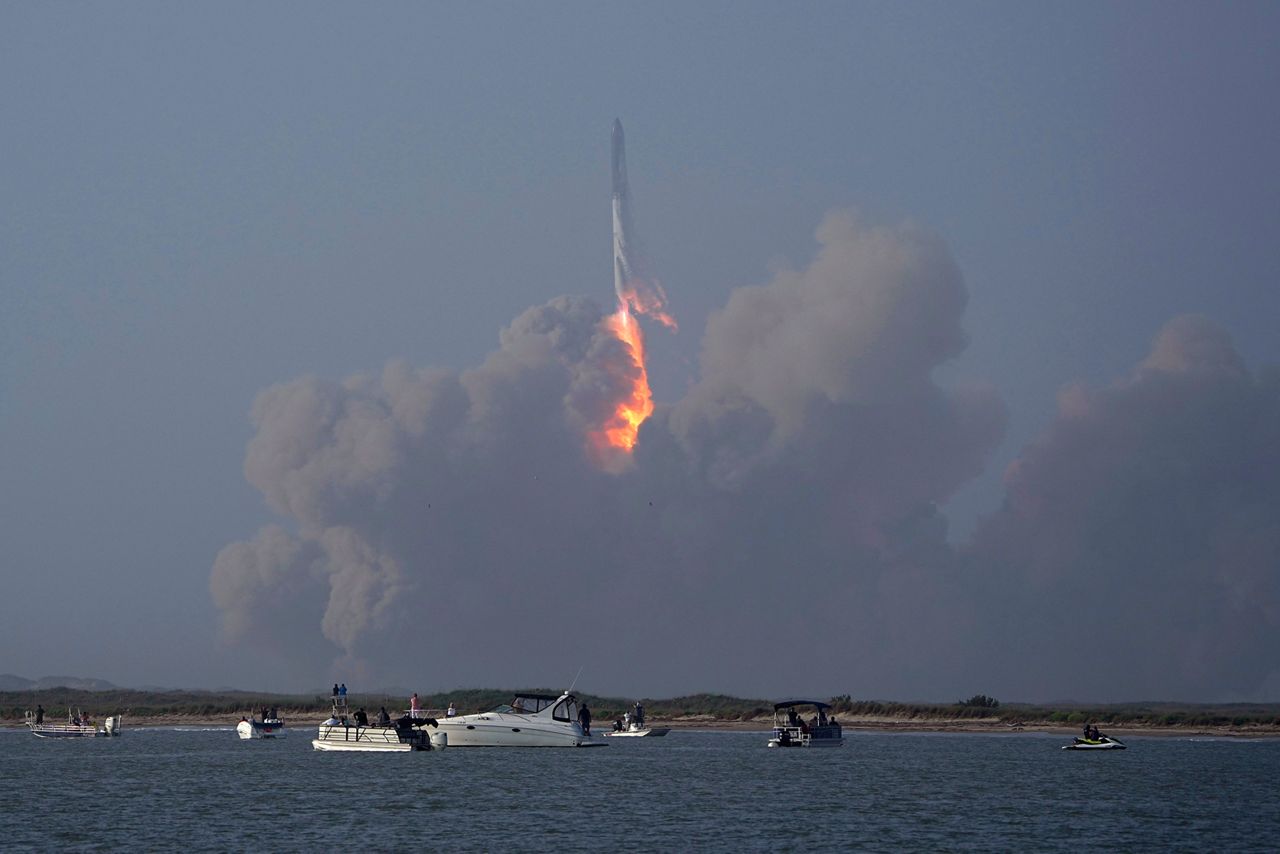
SpaceX's Starship launches from Starbase in Boca Chica, Texas, Thursday, April 20, 2023. (AP Photo/Eric Gay)
The company still considered the test flight a success with lessons learned.
What You Need To Know
- SpaceX's Starship spacecraft and Super Heavy rocket lifted off from the launch pad Thursday but failed about 4 minutes into the flight
- RELATED coverage: Pressurization issue causes SpaceX to scrub Starship launch
- 🔻Scroll down to watch the launch🔻
The first attempt
On Monday, April 17, SpaceX stopped the first launch attempt nine minutes before the 9:20 a.m. EDT (8:20 a.m. CT) launch window was set to open.
SpaceX CEO and founder Elon Musk tweeted out that a pressurant valve seemed to have frozen during the cryogenic propellant loading of the nearly 400-foot-tall Super Heavy rocket and stacked Starship.
During a live teleconference, Kate Tice said the issue happened in the first stage of the rocket.
Tice, the quality systems engineering manager at SpaceX, called Monday’s attempt a “wet-dress rehearsal.”
About the Super Heavy and Starship
The Starship is designed to carry a crew of 100 people and cargo to Earth orbit, the moon and eventually Mars, according to the ship’s user guide.
Both the Super Heavy rocket, with its 33 Raptor engines fueled by sub-cooled liquid oxygen and liquid methane, and the Starship are designed to be reusable.
And speaking of engines, the Starship itself has some under the hood, figuratively speaking.
“Starship will be powered by six engines, three Raptor engines, and three Raptor Vacuum (RVac) engines, which are designed for use in the vacuum of space,” SpaceX described.
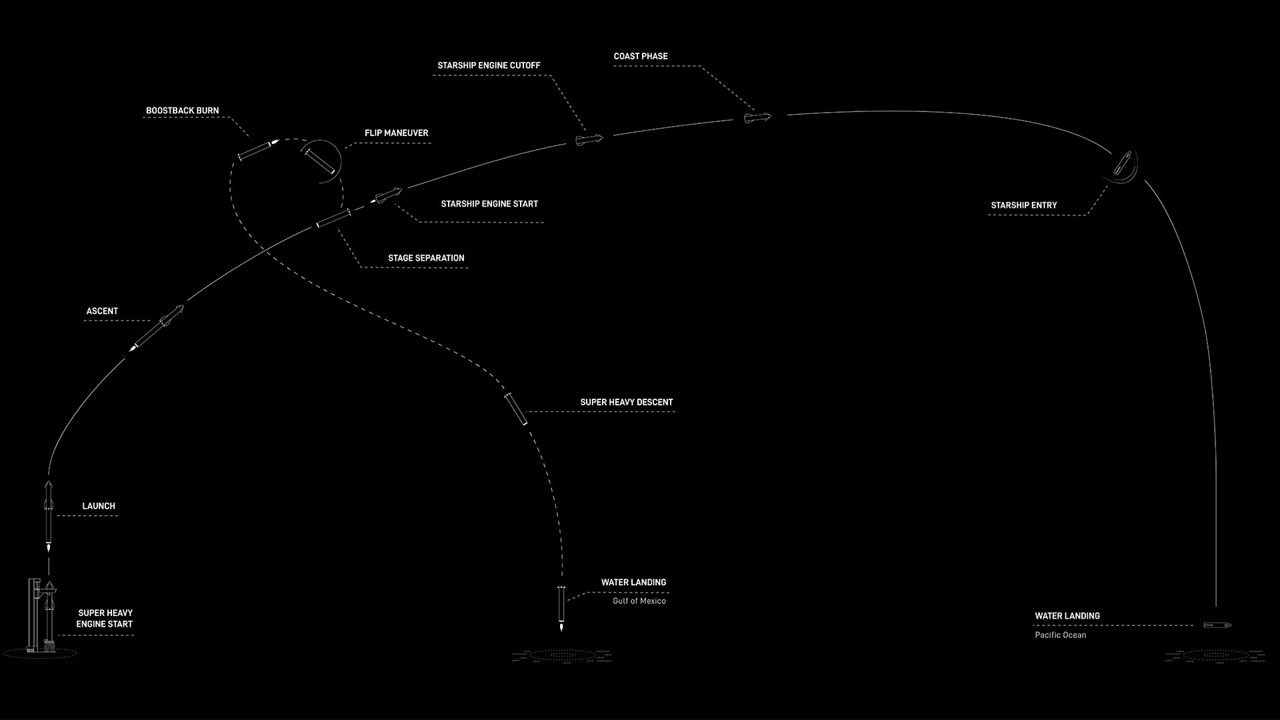
Ready for take off
For the flight debut on Thursday, the Super Heavy rocket, called Booster 7, will be pumped with 3,400 tons of propellant while Starship 24 will receive 1,200 tons of fuel.
Once liftoff happens, there will be a series of measured successes.
In a fully successful flight, the rocket will reach the point of greatest stress, known as ‘Max Q,’ about 55 seconds into flight. The Super Heavy booster will separate at about 2:52 minutes into the mission. The booster will conduct a boostback burn, followed by a landing burn and splash down in the Gulf of Mexico about eight minutes after liftoff.
Starship itself won’t reach orbit (about 146 miles in altitude expected), but will instead splash down off the coast of Hawaii about an hour and a half after leaving Texas.
That information and the details of the launch can be found here.






